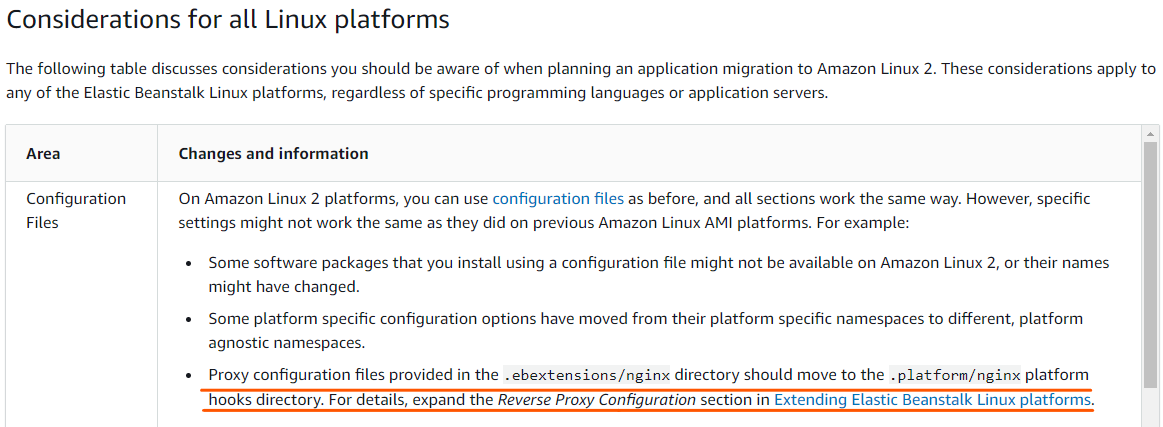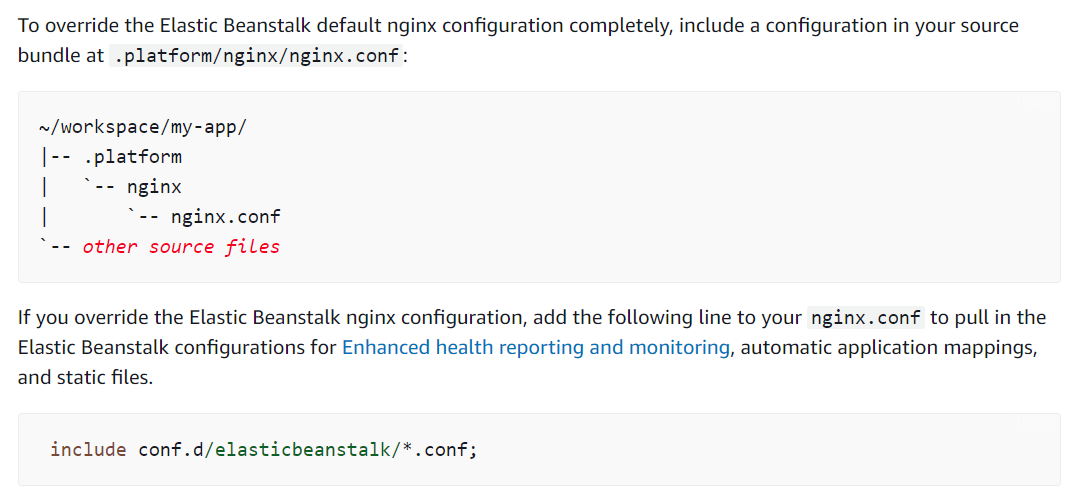After i login and the cookie is set I get error 502. When i read the log i get the error:
014/05/17 01:54:43 [error] 11013#0: *8 upstream sent too big header while reading response
header from upstream, client: 83.248.134.236, server: , request: "GET /administration
HTTP/1.1", upstream:
After some fast googling i found: http://developernote.com/2012/09/how-i-fixed-nginx-502-bad-gateway-error/
and I want to try to set fastcgi_buffers and fastcgi_buffer_size to a different value. But how do i set variable on nginx in amazon elasticbeanstalk?
The nginx server is before my docker instance.


